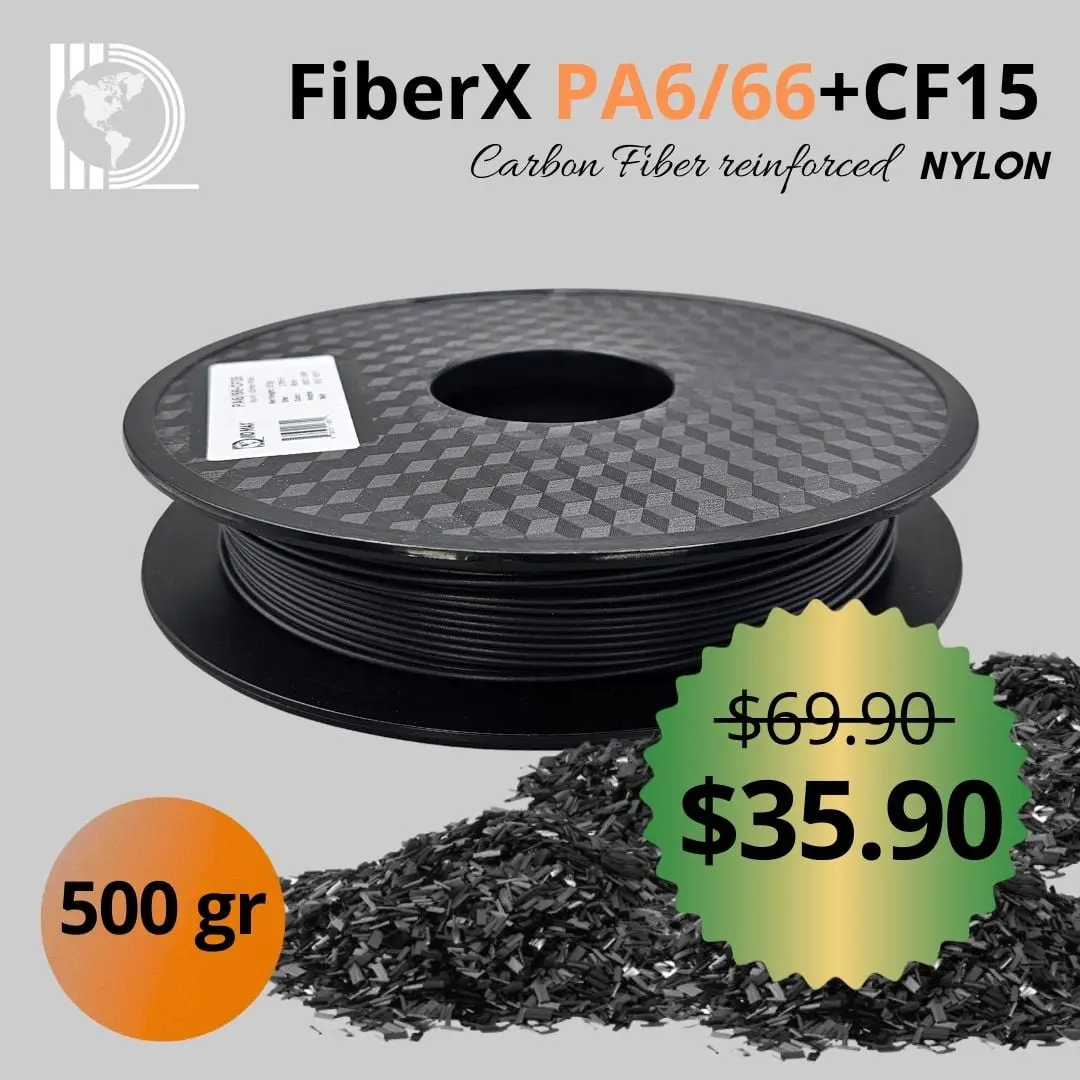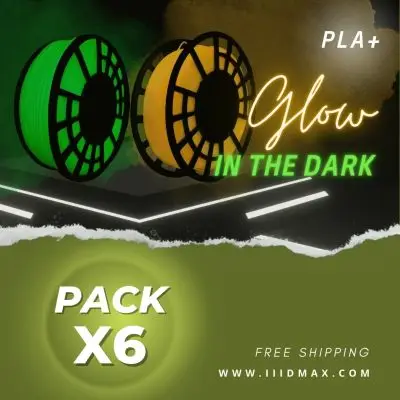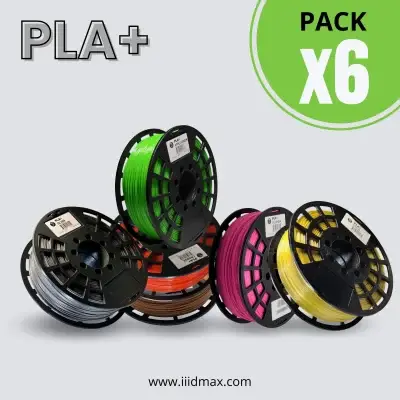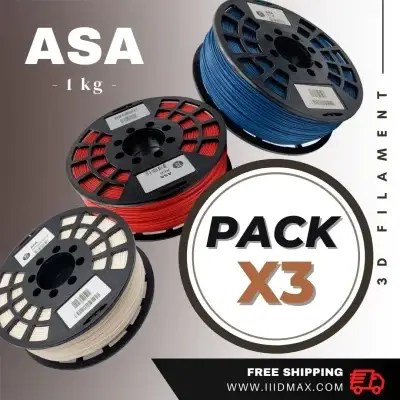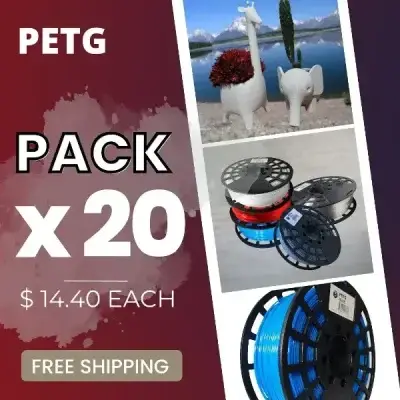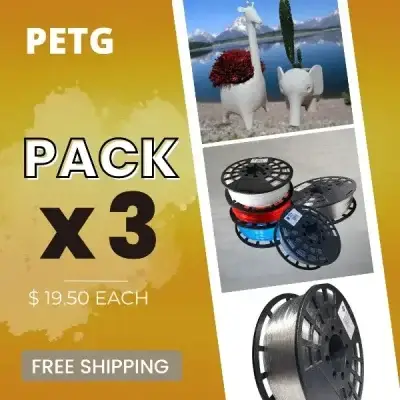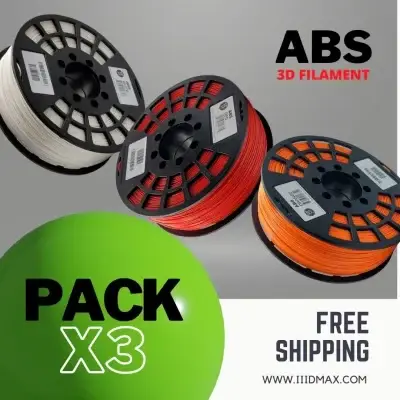Introducing our innovative FiberX PA6/66 + Carbon Fiber15 3D Printing Filament.
IIIDMAX Polycaprolactam Poly[imino(1,6-dioxohexamethylene) iminohexamethylene], commonly known as PA6/66 with 15% chopped carbon fiber, is a type of 3D printing filament known for its specific characteristics. Here are some key points about this material:
Characteristics:
- Enhanced Strength: Adding chopped carbon fiber significantly improves the mechanical strength and stiffness of the filament compared to standard PA6/66 filaments.
- Improved Durability: Carbon fiber reinforcement enhances the durability and resistance to impact, making it suitable for applications that require toughness.
- Lightweight: The filament remains relatively lightweight despite its increased strength due to the carbon fiber component.
- Heat Resistance: PA6/66 with carbon fiber has higher heat resistance than standard PA6/66, making it suitable for applications requiring heat endurance.
- Reduced Warping: The carbon fiber reinforcement can help reduce warping during printing, leading to improved dimensional stability in printed parts.
- Enhanced Surface Finish: It may exhibit a smoother surface finish compared to standard PA6/66 due to the reinforcement, making it suitable for parts requiring a finer appearance.
- Reduced water absorption: This blend of nylons and other proprietary additives has significantly reduced water absorption compared to standard nylons, reducing the hygroscopic effects of the filament
Applications:
- Automotive Parts: Components that require high strength, durability, and heat resistance.
- Aerospace Components: Lightweight parts with increased mechanical properties.
- Industrial Machinery Parts: Strong and durable components for machinery and equipment.
- Prototyping: High-strength prototypes for testing and functional purposes.
- Electronics: Parts requiring electrical conductivity along with mechanical strength.
Before utilizing this filament for 3D printing, ensure that your 3D printer is compatible with composite filaments containing carbon fiber, as they might require specific nozzle temperatures and printing settings due to the abrasive nature of the fibers.
